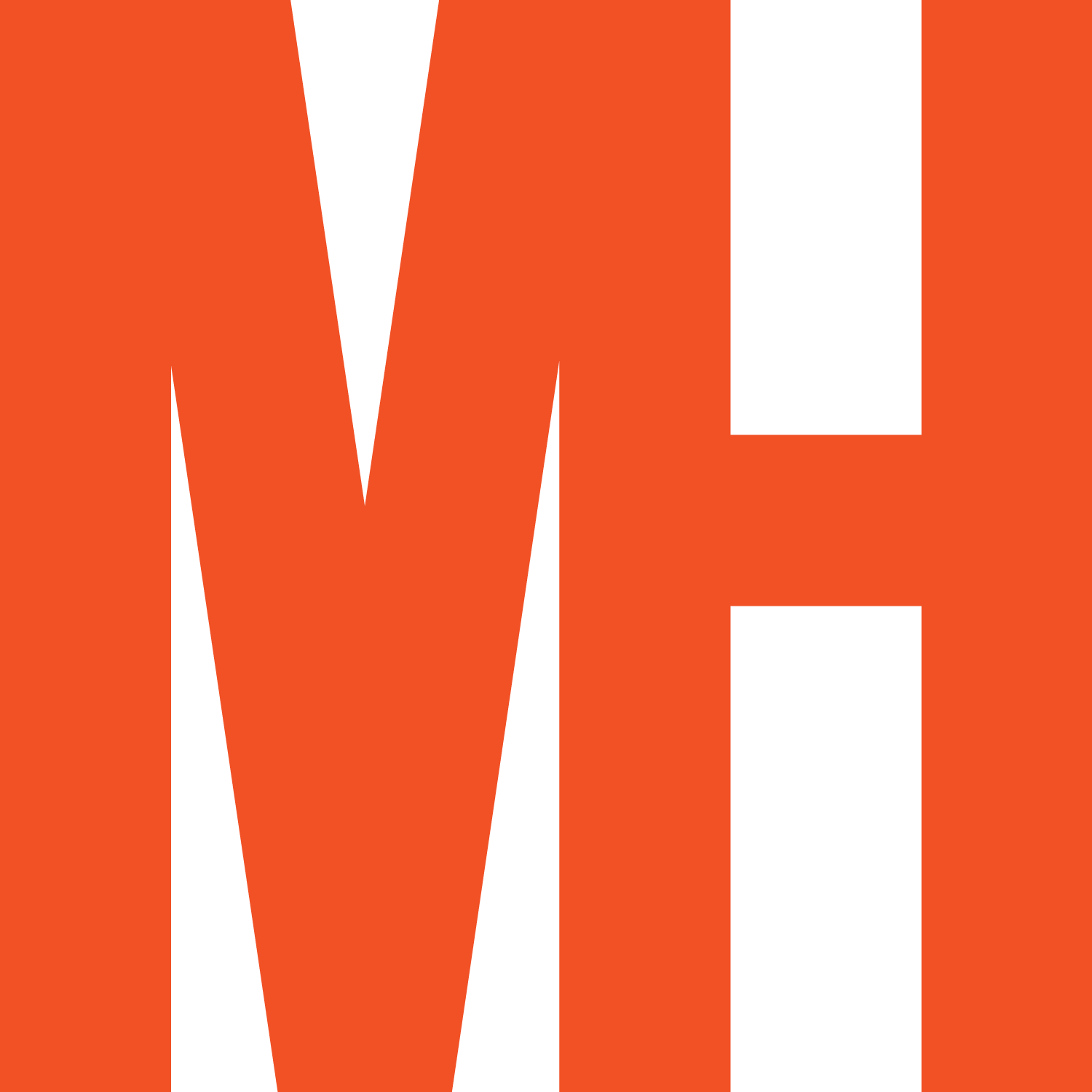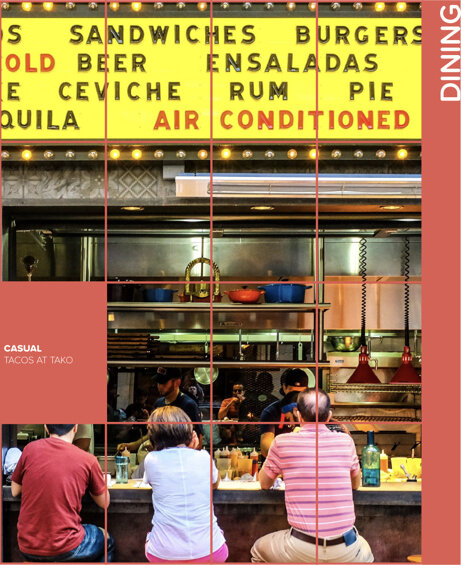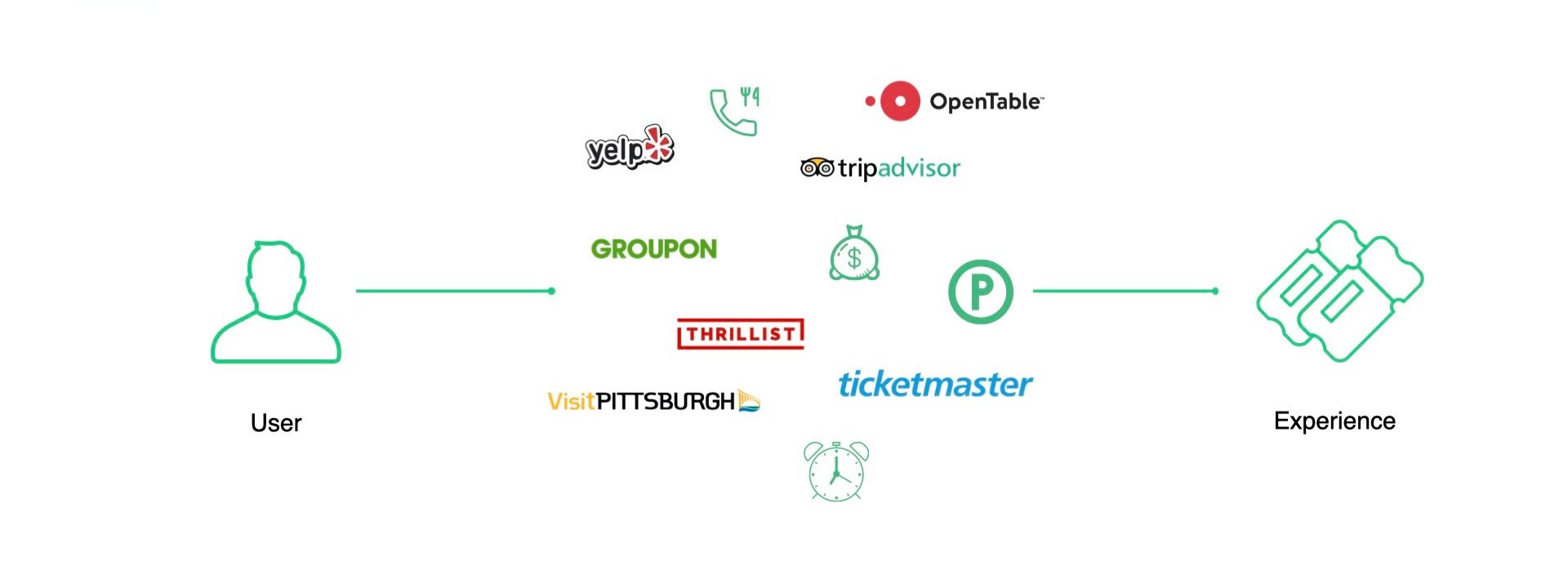Spectacle:
Personalized Packaged Experiences
Timeline
9 weeks
Collaborators
Joe Hines, Lily Kim, Ulu Mills
The challenge was to create a service for music. After investigating how music affects people's lives and how we can increase engagement with music genres that are struggling or falling out of fashion, we created Spectacle. This service curates personalized package experiences centered around a cultural music event, paired with dining and entertainment.
My role in this project was research and concept development and design interactions to create a seamless hybrid experience, bridging physical touchpoints to the digitals' through the pop-up design, service blueprinting, and value flow map.
Touchpoints
The Pop-up
Potential customers will see Spectacle pop up at local community festivals. They would get a preview how spectacle help them curates personalized package experiences centered around a cultural music event.
The Web App
Invitation
After completing their purchase, users can choose to receive a physical invitation which serves as a passport to their experience. Peel-able elements maintain the qualities of mystery while a custom qr code ensure’s that moving from one event to another is seamless.
Brainstorming
We begin by having a conversation about music, the many ways it affects our lives and the lives of others.
Patterns- How might a music service adapt to patterns or activities found throughout daily life?
Culture- How might a music service help explore different cultures?
Access- How might a music service provide access to lessons or instruction?
Inclusivity- How might a music service engage other senses to provide a more inclusive experience to all users?
Environments- How might a might a music service make use of physical environments?
exploratory Research
The conversation naturally came to a convergence around how we use music to explore cultures. We dived into an area within the overlap between the culture and patterns themes. We approached the theme in two ways:
Connect to Roots - Music is a way for people to connect (or reconnect) with their cultural foundation.
Plant new Seeds - Discovering music is a means for people to expand their interests beyond what's familiar.
We realized that there were many design opportunities around music and culture. We arrived at three themes:
How to increase engagement with music genres that are struggling with a younger audience such as jazz, classical, opera?
How might we use a music service to lower the barrier for language learning?
How would we create a music service to share messages and hold meaningful conversation for activists?
Defining the Problem
The reliable audiences for these arts are aging. The average opera patron is 48. But in order to thrive long term, they need to attract fresh audiences.
the brief
How might a music service increase engagement with music genres that are struggling or falling out of fashion?
Survey
To dive deep into understanding the current audience state, we specifically focus on opera culture. We sent out surveys to learn more about the current audience state, recognizing that the people we were sending the survey out to were probably not regular patrons; This proved true. We learned that very few went of their own volition. Most who have seen an opera enjoyed it. Many people are reluctant to attend due to either false preconceptions about what they’ll experience or hesitation to invest time, money, and coordinative efforts into the unknown.
Q. What was the reason you decided to go in the first place?
A. ”My friend had free tickets and convinced me to go to experience something new that I wouldn't think of doing myself, I fought it the whole time."
Q. What was the most memorable part of your first Opera Experience?
A. ”It was funny, engaging, different than what I had imagined. It wasn't a stuffy /boring performance as I had expected."
scenarios
We created scenarios to explore new ways to increase engagement with opera. We treated engagement slightly differently in each scenario to see which garnered the best response.
Opera Kumon- engaging the youth and educating
Aria Matchmaker - engaging on web and social media
Cultural District Lottery - engaging in person
SPEED DATING feedback
Then we presented three scenarios at our speed dating session, considered the feedback questions like:
Is this service in need?
Who needs to be involved?
How to make music compelling to friends?
Would the user be self-conscious about their voices?
What other artifacts can be shareable
How do long-term engage our users?
Element of fun!
Lottery scenario, is this about creating mystery and adventure for users?
Moving forward, we pulled together the best parts of our scenarios to create Spectacle.
Interview
Once we had our concept, we spoke with members of the opera community for more direct insight into the challenges they face. We interviewed stakeholders like Music instructors, Pittsburgh Festival Opera Chorus master, Education & Community Programs Directors, and Marketing Directors. Some key takeaways from our conversations are:
“Within nearly every arts organization, increasing engagement is an issue. Everybody under the sun is trying to figure out the future— whether the current millennials will engage the way the boomers did”
“If we are not creating programming that resonates with the general public then we have failed. We have to be cognizant about what is actually going on in the community around us.”
“The challenges we face attracting new audiences tend to be the same challenges for all audiences.”
“We need to get to a place where the people on the stage and behind the stage reflect the communities they are within”
Engagement means not just attending an event or performance, "Butts in seats", but rather, any interaction with the organization, including social media interactions.
As we continue to develop our service, this notion of being able to identify what resonates with the community will be an important consideration. Especially when you consider the role that data will plan when mapping out the opportunities for value exchange.
Pivot Point
From there, we shifted our conversations to smaller, more locally-rooted companies. We then realized a solely opera-centric service wouldn’t work because most opera festival seasons have limited runs. Pittsburgh opera has only six mainstage productions of four performances (24 shows) each year. Hawaii opera theatre only has 12 shows. At this point, we pivoted our solution from being modeled as a service for opera, to encompassing all of the institutions of the Pittsburgh Cultural Trust, including the symphony, ballet, and concert series.
Insights
Current Relationship
With Spectacle
Service Blueprint
After wrapping up our interviews and insights, we identified the most critical touchpoints within the service and clarified what supporting processes needed to be in place to support them.
Defining Stakeholders
We discussed who the possible stakeholders in the designed service are?
Value Flow Map
User Test web app
Following our exploratory research we turned to evaluative methods to gain a better understanding of who our target user may be as well as to uncover usability concerns in our initial wireframes.
How comfortable are people with sharing certain information? How does that relate to critical information we need to collect to make our product run smoothly?
How much transparency should we provide over how the packages are coming together?
INSIGHTS
The user test allowed us to identify the extreme ends of our potential users. We see the ideal spectacle user falling somewhere between someone who wants full control over their evening and a little closer to someone looking for a fully packaged VIP experience.
Types of events provided? bar Ice cream place, coffee shop, museum, park
I like the minimizing onboarding experience — quick one handed yes & no experience.
I wanna see the people illustrated out on the app
Generate different combinations?
Would like to see reviews
I like physical invitation (boarding pass sounds cool)
POP-UP DESIGN
We want to address some of the following points with our pop up:
Reflect our Brand Identity: Whimsical and immersive
Easy to transport: Lightweight
Personalised three core elements: dining, performance, and entertainment
Social media engagement: branded photo opportunity
Mystery feature Interaction
Design Principle
Following our research efforts we were able to distill the design into a series of principles which correlate directly to the touchpoints we discussed earlier.





































